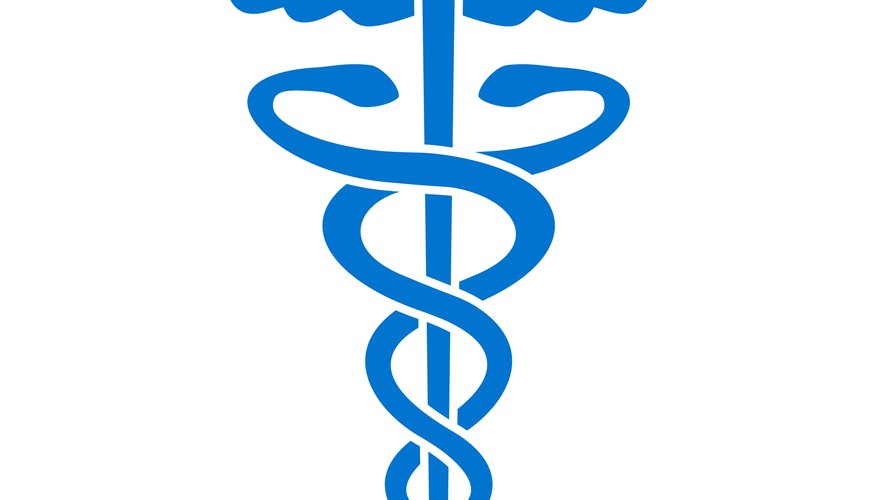A skin condition caused by microscopic mites, scabies can be treated by medication. But often after scabies itself has been treated, people experience a condition known as nodular scabies or post scabies syndrome. This is a perfectly normal reaction following the treatment of scabies, but it can be incredibly irritating.
Scabies Overview
The original scabies infestation is caused by a microscopic mite. It is passed on through skin-to-skin contact with someone infested with scabies, or through the sharing of personal belongings such as towels or clothing and the like with someone that has scabies. The mites burrow into the skin and cause red pimple-looking marks or a scabies rash characterised by an area of red patchy skin. Scabies can progress quickly, making it difficult to fully treat, often necessitating multiple treatments.
- The original scabies infestation is caused by a microscopic mite.
- The mites burrow into the skin and cause red pimple-looking marks or a scabies rash characterised by an area of red patchy skin.
Scabies Treatment
It may take up to six weeks for symptoms to begin showing, so it is best to see a doctor as soon as they develop. The doctor will likely prescribe a topical lotion to be used on the affected area to treat the wounds and kill the mites. It is important to leave the lotion on for several hours and to follow up with a bath or shower to clean the wounds and get rid of any dead or dying mites on the surface of the skin. Also, do not wear any unwashed clothes or share any personal effects as the scabies mite could travel on them and may re-infest your skin.
- It may take up to six weeks for symptoms to begin showing, so it is best to see a doctor as soon as they develop.
- It is important to leave the lotion on for several hours and to follow up with a bath or shower to clean the wounds and get rid of any dead or dying mites on the surface of the skin.
Post Scabies Syndrome
You have finally got rid of the last little parasites and the red patches of skin are finally starting to clear up, but then you notice small nodules or red bumps developing on your skin. This is not a reinfestation of the disease or a new disease springing up. You have developed nodular scabies, also known as post scabies syndrome.
Characteristics of Post Scabies Syndrome
It's not a pretty sight and these itchy red bumps seem to be just as bad as the original disease, but it's actually good news. The bumps are the debris left over by the mites including dead skin and faeces that your body wants to expel. It encases the debris in a hardened shell and brings it to the surface. It's basically the equivalent of an allergic reaction to mite faeces.
- It's not a pretty sight and these itchy red bumps seem to be just as bad as the original disease, but It's actually good news.
- The bumps are the debris left over by the mites including dead skin and faeces that your body wants to expel.
Treatment of Post Scabies Syndrome
The good news is as the skin regenerates the bumps will begin to disappear after about three to six weeks, but they will itch in the meantime. You can apply various anti-itching creams to help with the problem, but there is no real treatment for the condition except to let nature take its course. Once the bumps have disappeared, you are finally free from the scabies attack and can return to a normal life. It is best to wash your clothes regularly and take frequent baths or showers to prohibit a scabies reinfestation.
- The good news is as the skin regenerates the bumps will begin to disappear after about three to six weeks, but they will itch in the meantime.
- You can apply various anti-itching creams to help with the problem, but there is no real treatment for the condition except to let nature take its course.
